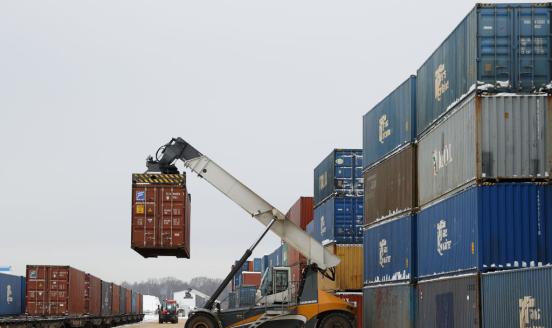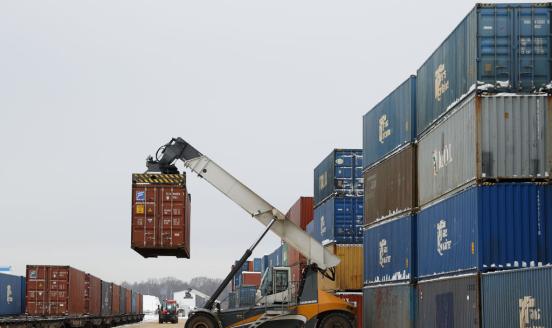COVID-19 could leave another generation of young people on the scrapheap
It is time that the highest political level focuses on the risk of a lost generation.
A decade ago, the global financial crisis left deep scars in terms of destroyed opportunities and unemployment for young people. In Europe in particular youth unemployment persisted. Now COVID-19 threatens to do the same thing to the under-25s. Yet, neither the leaders of France, Italy or Spain, nor the president of the European Commission, have prioritised youth unemployment in recent policy speeches. It is time that the highest political level focused on the risk of a lost generation. Bold policies will be needed.
During the global financial crisis, the United States youth unemployment rate increased from around 10% to 19%, while in the European Union it increased from 16% to 26%. The rate in the EU only returned to its 2008 level in 2018, while the spike in US youth unemployment was overcome more rapidly. In the recovery, some EU countries fared much worse than the EU average. In Greece, Spain and Italy, youth unemployment in 2019 was still higher than it was before the global financial crisis.
Another major surge in youth unemployment brought about by the COVID-19 pandemic could also take a decade or more to heal. The first signs are already visible: US youth unemployment was more than twice as high in July compared to July 2019. In Europe, youth unemployment has increased less, but still increased from 15 to 17% between February and September 2020 – while unemployment among the over-55s actually fell in the first half of the year. More worryingly, measures of labour market slack for the young are up by some 5 percentage points, as are the percentages of young people who have even given up searching for a job. Some countries such as Spain or Croatia are more severely hit. In fact, Spanish youth unemployment increased from an already high 32% in February to 40% in September while the Croatian rate increased from 17% to almost 24%. In the UK, youth unemployment rose from 11 to almost 14% in July. As Europe enters its second significant lockdown, the risk is that these numbers will rapidly deteriorate further.
Youth unemployment does long-term damage. Workers who were unemployed when young tend to earn significantly less over their lifetimes. The young unemployed look at the future less optimistically. They also tend to leave the parental home later and start families later. On average, Italians leave their parents’ homes only at the age of around 30 years, and it is no surprise that the Italian and Spanish fertility rates are among the lowest in Europe.
In short, Europe cannot afford to again forget its youth. The European institutions must contribute to the effort to avoid another lost generation and national policymakers in particular need to do their bit.
The first big priority is to get the European macroeconomic policy stance right. One of the reasons for the slow recovery in youth employment in the EU after the financial crisis was the second recession that Europe fell into in 2011-13. At the time, fiscal and monetary tightening prematurely choked off the recovery. So far in the response to COVID-19, European policymakers have not repeated that mistake and have provided impressive fiscal and monetary support. Fiscal policies will need to continue to support the EU economy in 2022 and 2023.
Second, policymakers need to set up targeted support programmes for the hiring and retention of young workers. The European Commission has pledged that €22bn from the EU recovery fund will be used to support youth employment. But such funding for the EU’s three million young unemployed is insufficient. National policymakers will need to increase their budget lines to support the hiring of young people and the creation of opportunities.
Third, ten years ago, and despite pledges to the contrary, education and investment funding and spending on families was cut in many parts of Europe at the expense of the young. This time needs to be different. School closures have meant pupils missing out on teaching, affecting negatively their lifetime earnings expectations. In particular, children from families with weak educational backgrounds have not been able to make up the loss of teaching. In that way, inequalities in opportunity have been further exacerbated. Many European countries are now paying a heavy price for their slowness in the digitalisation of schools and even universities. For example, many German schools, after more than half a year of COVID-19, have not yet been able to put in place proper online teaching systems.
Massive increases in public debt are happening to shield business from bankruptcy and to preserve economic structures. But if Europe wants to stay competitive, it needs to invest more in the economy of the future. There is no better investment than investment in Europe’s young people, who continue to suffer disproportionately from this pandemic.








